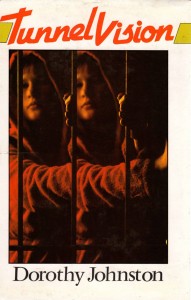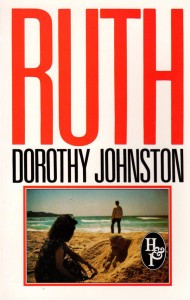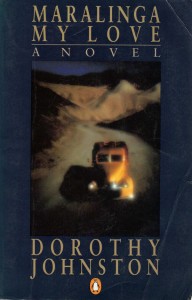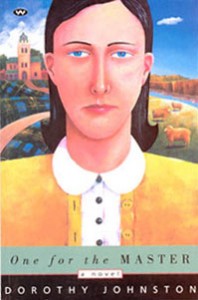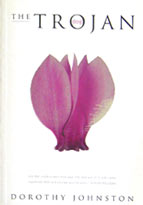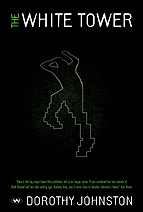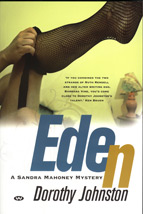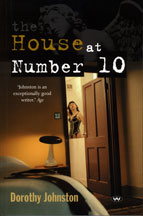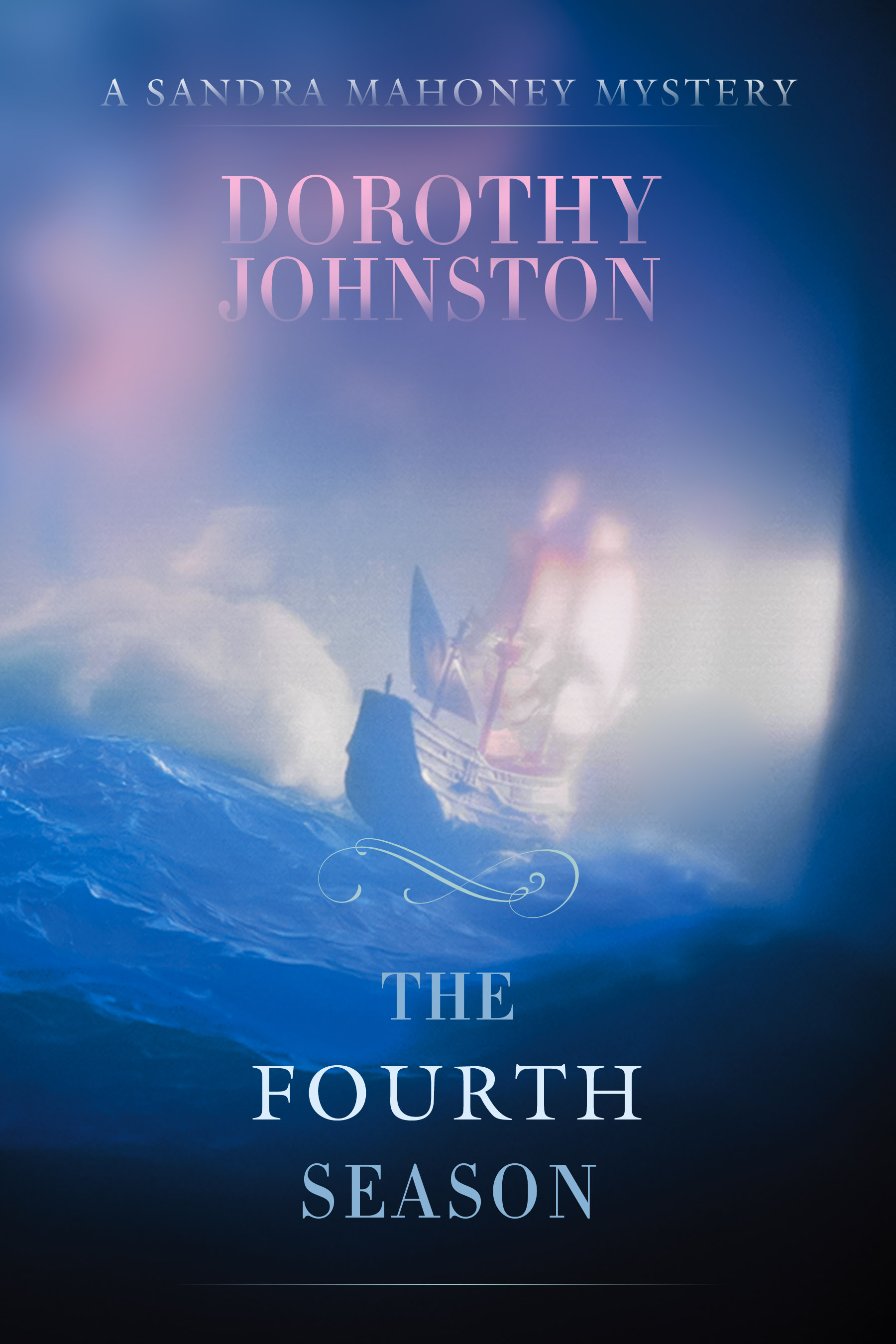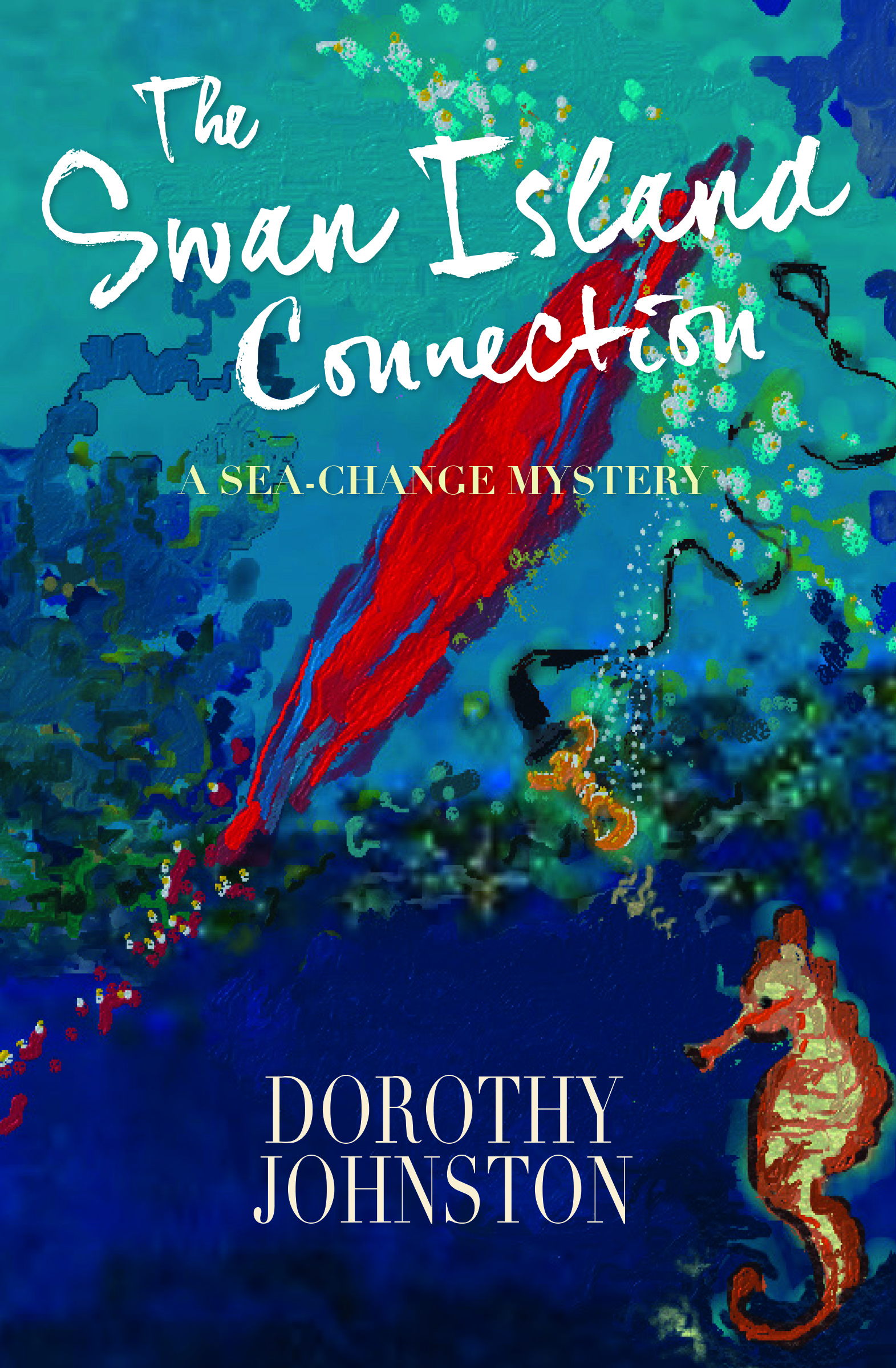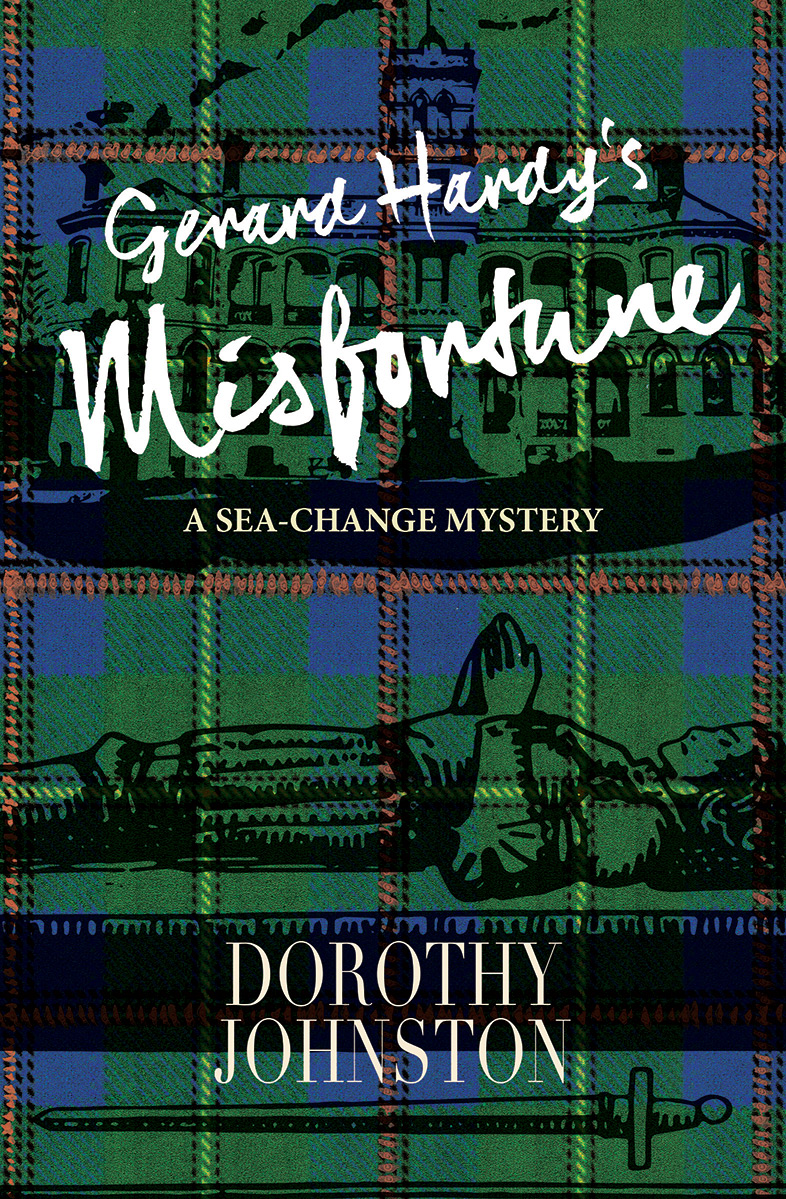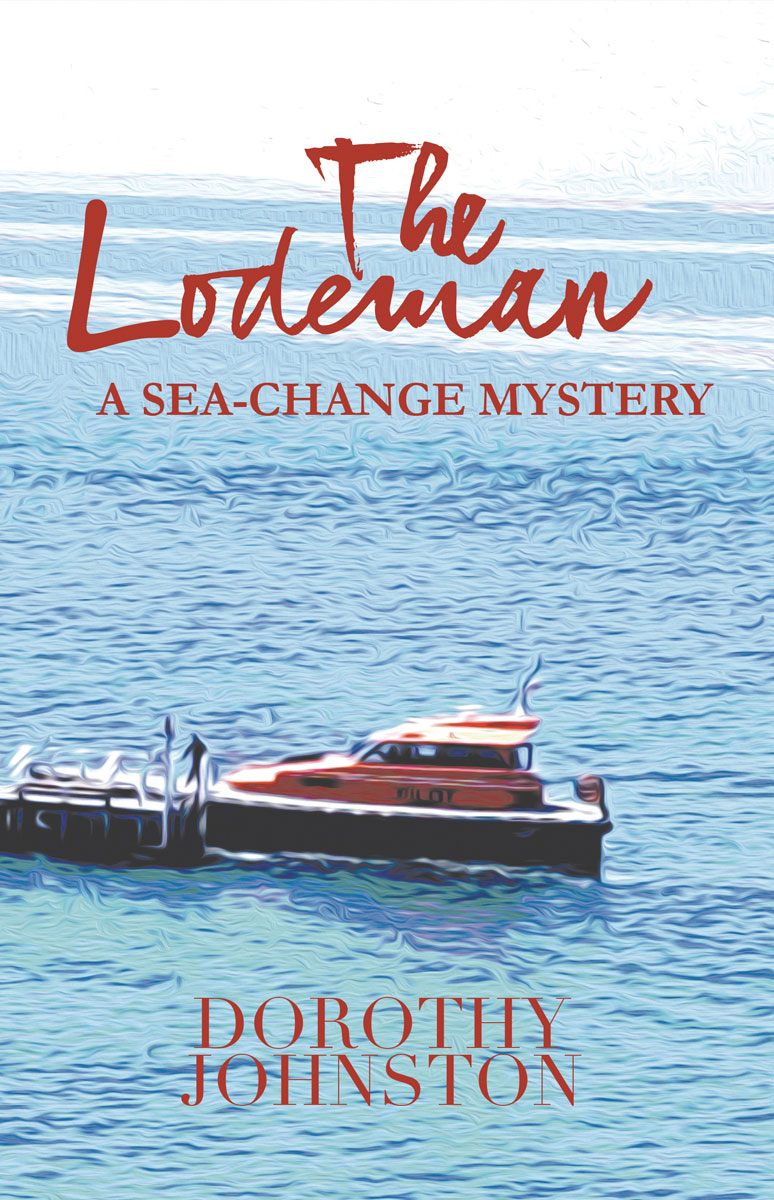‘Why Literature Needs Bad Women’ was first published as ‘When she was bad..’ in The Australian Literary Review, April 2008
Anyone who has read Snow White as a child, or had the story read to them, recalls, as part of a deep literary memory, just what evils women are capable of – perhaps both recalls, and rebelliously rejoices at the memory – rejoices at the unrepentant, thoroughly vicious nature of the Wicked Queen. Witches fill the pages of our fairy tales and folk lore. The moral lines are clear. They are irredeemable and will always do bad things. Their function is to excite, terrify and warn. Be good, or the witch will get you.
In the earliest Brothers Grimm editions, the queen is Snow White’s mother, not her stepmother. Either way, the point is an obvious one: female villainy is most often acted out within the family. In Euripides’ fifth century Medea, the heroine cheats her father, dismembers her brothers, and eventually murders her two children. Marina Warner comments that ‘Among bad mothers of fantasy she is the worst; as such she speaks to our times, when the bad mother is always present as an issue, as a threat, as an excuse, as a pleasurable self-justification and as a political argument.’
Female villains act, rather than allow themselves to be acted on, and they act mostly out of selfishness and greed. In ways that are deeply satisfying for readers, they metamorphose out of their recognized female shapes, which is to say, out of social and moral constraints. In Sue Turnbull’s words, ‘The villainess is femininity gone feral.’ She may shape-shift, the Wicked Queen appearing to Snow White as a harmless old woman, or wear a many-layered mask. When Keats’s Lamia seduces Lycius, she does so by hiding her true form, as so many of literature’s bad women have done. ‘Her throat was serpent, but the words she spake/Came, as through bubbling honey, for Love’s sake.’
‘Come, you spirits that tend on mortal thoughts!’ cries Lady Macbeth. ‘Unsex me here, and fill me from the crown to the toe top full of direst cruelty..Come to my woman’s breasts and take my milk for gall..’
An important part of being a bad woman of literature has to do with relinquishing one’s female sexuality, (or loudly proclaiming that this is one’s intention). Yet the excitement of reading about these characters is inextricably bound up with the fact that they are and remain women, many of them women who have given birth. The femaleness of the female villain, though changed almost beyond recognition, is a vital ingredient. Their monstrousness, their fascination, and their power often lies in their having abandoned maternity, or turned it upside down.
Women who have morphed are impossible to pin down, not just because their cunning means they have succeeded in evading the police, or other figures of authority, but because they occupy a limbo land, not only of moral, but of physical identity. The ghost in Toni Morrison’s Beloved initially appears as ‘a pool of pulsing red light’. Murdered by her mother so that she won’t be returned to slavery, Beloved becomes a brilliantly evoked, and brilliantly wicked young woman.
It is as accomplished liars that we are first introduced to King Lear’s Goneril and Regan. They occupy the ground of false love completely, so that there is no room for the simpler, but genuine Cordelia. ‘A love that makes breath poor and speech unable’, says Goneril. But it is the duplicitous richness of her language that fools her father. One reason literature needs bad women is because they are often deceptively good with words. Goneril and Regan highlight Cordelia’s virtue. In this play, wickedness is necessary so that virtue can, by contrast, shine.
Given these potent qualities it is perhaps surprising that there aren’t more thoroughly bad women in contemporary literature, (outside of science fiction and fantasy, that is.) There are few equivalents of the murdering mothers of folklore, or our classic plays. There are even fewer examples of the male serial killer so popular in today’s crime fiction. (A recent exception is Nigel McRery’s Still Waters.) Real-life models haven’t made it wholesale into fiction. In Serial Murders and their Victims, Eric Hickey examines the cases of sixty-two female serial killers, who collectively murdered between four and six hundred people. Many were health care providers. They tended to be older and to get away with their crimes for longer than their male counterparts. One had been killing for thirty-four years before she was caught. These women have been called invisible and ‘the quiet killers’. It’s been argued that, as well as being quiet, they are more careful, precise and methodical in committing their crimes.
There is no shortage of inspiration here, but in searching out the bad women of modern fiction, a more subtle approach may be required. In Margaret Atwood’s thought-provoking essay, ‘Spotty-Handed Villainesses’, Atwood asks the question, ‘Why does literature need bad women?’ and provides her own cogent answers. The ‘Spotty’ of her title refers to ‘the invisible but indelible one on the hand of wicked Lady Macbeth.’ Atwood cites the witch-women of literature, yet in Alias Grace, based on the true story of Grace Marks, an adolescent servant who was convicted of killing her employer and his housekeeper, but eventually pardoned, it is the ambiguous mix of guilt and innocence that captures Atwood’s imagination, and that of her readers as well. It is left up to one of the doctors who treats Grace to proclaim her ‘a creature devoid of moral faculties’.
Grace’s own language is marvellously slippery. ‘Murderess is a strong word to have attached to you. Murderess. Murderess. It rustles, like a taffeta skirt across the floor.’ Her modest demeanour and good looks are seductive. If guile masks guilt, then guile is superbly practised and the mask never slips. It is not only murder, but murder plus extreme cunning that makes Grace wicked, (if she is).
The Sculptress by Minette Walters, in which Olive Martin pleads guilty to chopping her sister and mother into little pieces, begins by describing her as ‘a grotesque parody of a woman, so fat that her feet and hands and head protruded absurdly from the huge slab of her body like tiny disproportionate afterthoughts.’ Though Olive is generally believed to be innocent by the end of the novel, or at least her innocence is strongly argued by the story’s ‘good’ woman, a journalist who writes a book about her wrongful conviction, a sizeable shadow remains behind Olive’s ‘look of gloating triumph’.
PD James kills her female villains so that moral order can be restored. Unnatural Causes ends with the guilty suspect falling from a roof. In Devices and Desires, Alice Mair, who lives in a cottage that was once the home of a Protestant martyr, chooses death by fire rather than standing trial. In Innocent Blood, a child-murderer suicides after her release from prison. The fate of James’s murderesses functions as a warning, and in this sense at least the line of descent from the witch-women of folktales is straightforward.
A more meandering line of descent is that of the good/bad woman. Each century, almost each generation as the pace of change has increased, has its array of good women who do bad things, or women initially classified as bad who repent and are redeemed. Quite a few of these heroines are also killed by their creators to make sure the warning hits home. Literature needs good/bad women as scapegoats and as warnings. Their precursor, and First Lady, is Eve.
One of the most famous and beguiling good/bad women of literature remains Defoe’s Moll Flanders. ‘Twelve Year a whore, five times a Wife (whereof once to her own Brother), Twelve Year a Thief, Eight Year a Transported Felon in Virginia, at last grew Rich, liv’d Honest, and died a Penitent.’ Not only is Moll redeemed, she is keen to stress the moral lessons to be learnt from her wrong-doings. But Defoe’s Preface explains, if readers should ever need the explanation, why we find her wicked deeds such a pleasure to read about.
First Defoe teases us. ‘Some of the vicious parts of her life, which could not be modestly told, is quite left out..’ And then, ‘To give the history of a wicked life repented of necessarily requires that the wicked part should be made as wicked as the real history of it will bear..’
More recent examples of good/bad women are the hard-boiled female detectives who sprang into being in the 1980s. Many carry guns and use them. They break the law in the cause of a wider concept of justice. They tend to be athletic and often, in some respects, androgynous. Their bad behaviour is deliberate, as is their ambivalence toward their femininity, and towards authority figures in general. In Peter Hoeg’s Miss Smilla’s Feeling For Snow, Smilla is a wonderful combination of masculine aggression and feminine wit and intelligence. She pursues her quarry over snow and ice, at the same time managing to be the best-dressed heroine of the thriller genre. Female private eyes like Kinsey Millhone and V.I. Warshawski, who insists on being referred to by her initials, VI, and won’t let anyone except her close friend call her Victoria, owe a lot to Enid Blyton’s George, who refuses to answer to Georgina, and is caught by her creator on an eternal pubescent cusp.
In Five on a Treasure Island, George says, ‘I hate being a girl. I won’t be.’ Though these girls and women may do bad things – George is always getting into trouble for her temper – their behaviour is not condemned by the narrative, but rewarded, either explicitly or implicitly. Their androgyny is not presented as ugly or pathological, and they keep open, both by the ambiguity of their physical appearances, and their self-conscious actions, ways of being that are closed to literature’s consistently good sisters.
An interesting dynamic can take place when a female detective discovers that her quarry is another woman, a dynamic I explore in the latest of my mystery series, Eden. Women can be both more and less willing to condemn other women, and there is a kind of honeyed deceit, which, when combined with good looks, can fool policemen, but never, I suspect, policewomen. In Faithful Unto Death by Caroline Graham, beautiful Simone Hollingsworth gets away with murder, and shows no remorse. Detective Chief Inspector Tom Barnaby is defeated by her, and she is never punished. In this case, her function is to demonstrate that the law and the hero-detective are fallible, a rare event in popular fiction.
Psychological thrillers which show female killers from the inside form yet another strand. The sympathetic study of women who murder challenges our most deeply-held prejudices. In The Almost Moon, Alice Sebold’s recently released novel about matricide, home is the most dangerous place to be, the heart of vice. While Sebold doesn’t exonerate the daughter who kills, she nevertheless takes great pains to ensure that readers understand her.
Australian crime writer Alex Palmer echoes Sebold’s view of the ordinary suburban home. ‘You don’t have to travel up the Congo in a boat’, Palmer says, ‘or experience the scenes of Apocalypse Now to feel terror or encounter the heart of darkness. You can find it in any number of places in the city and the suburbs.’ In Palmer’s award-winning Blood Redemption, a young woman murders a doctor who performs abortions.
Bad women re-invigorate the literary palette. They create holes in narrative expectations that have become stale and predictable. For the time it takes the reading public to adjust to a new set of boundaries, exciting narrative experiments can occur. No matter that one category, one genre, has been exhausted. Another one is waiting for a make-over. Romance novels in which the heroine takes a knife to the hero? Stranger things have happened.
